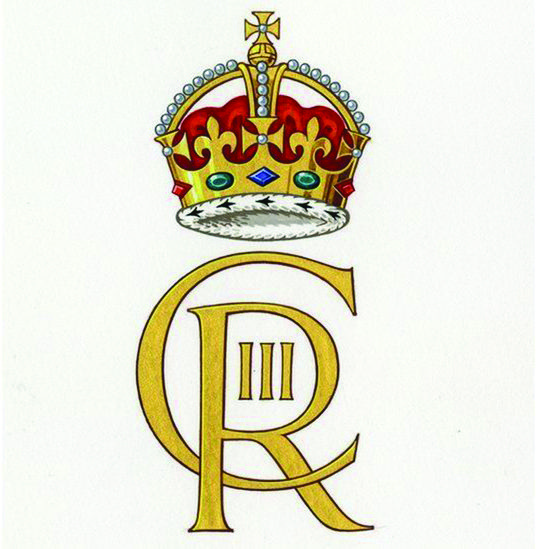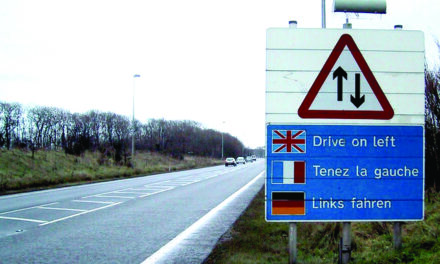The second Elizabethan age has drawn to a close and a new monarch, King Charles III, now occupies the throne of Britain. As I write, Her Majesty Queen Elizabeth’s funeral is yet to take place, and the pomp and circumstance of a British monarch’s death is in progress and being widely reported by the media frenzy that accompanies such events. In my lifetime, I cannot recall the death of a prominent statesperson that has garnered such a wealth of admiration, respectful remembrance, and affectionate comment worldwide. Can there be many backwaters in the world that, through television, social media and the printed word, have not shared in the splendor of the events that are taking place? Whatever one’s views on monarchy, it is the person of the Queen and her devotion to duty that has engendered such praise. In her time, she has granted audience to 15 British Prime Ministers—including the new incumbent, Liz Truss, whom she met but a few days before her death—and also greeted 14 American Presidents, from Truman to Biden, the only exception being Lyndon Johnson. No one seems to know exactly why that was, other than poor timing and the absence of invitations, for the two did correspond during the time he was President.
“ …the queen’s long reign means that all coinage currently carries her image. Replacement will be gradual.”
In Britain, and in other monarchist nations, the instant a monarch dies, his or her heir instantly becomes the new monarch. The inherited position follows the age-old pattern of primogeniture, passing to the first-born son, only passing to a daughter if there are no sons. King George VI, the queen’s father, was a younger brother and only attained the position due to the abdication of his older brother. Strictly speaking, there is no need for any formal or ceremonial recognition of the passage of the title, although plenty of such occasions follow. It is embodied in the seemingly contradictory phrase, “The King is dead, long live the King,” an epanalepsis that was translated from the French and was first used upon the death of the French King Charles VI in 1422, the declaration proclaiming his son, Charles VII, king. The reason for this form of words was to proclaim and enshrine the continuity of the monarchy.

I don’t doubt the media have mined all the tradition and history associated with the events taking place in their coverage. What has taken place and what is yet to take place on the 19th of September, as I write, is choreographed down to the last minute, and such plans are not made overnight; no doubt they have been in place for years, and were certainly agreed upon with Queen Elizabeth much in advance. The weighty responsibility for seeing everything goes well is, by long-standing tradition, on the shoulders of the Earl Marshall, the Duke of Norfolk. It will be a State Funeral, which is always accorded the monarch, as distinct from other royals. An exception is very occasionally granted: Winston Churchill, the 11th Duke of Wellington, in 1965, and before him in 1852, his ancestor, Arthur Wellesley, created 1st Duke of Wellington when victor in the Napoleonic Wars. Other royals are accorded a “ceremonial funeral,” the difference being chiefly the scale and cost of the event.

on a sauce bottle.
There will be a formal coronation, which does not have to follow closely on the prior monarch’s death. It was well over a year after King George VI’s death that Queen Elizabeth’s coronation took place in 1953, yet she became queen as soon as her father died in 1952 while she was on tour in Kenya.
There are, of course, other things that must change with the ascension of a new monarch: coinage is one. For over 70 years, British coins and banknotes have carried an image of the Queen, and there are about 29 billion coins in circulation; they will not immediately cease to be legal tender, but new issues will carry an image of King Charles. On the queen’s coinage, her image faces to the right. Again, by tradition, the direction in which the monarch’s head faces alternates between sovereigns. On coins, therefore, the obverse, or front side, will likely show the image of the king facing to the left. Before decimalization in Britain in 1971, it was not uncommon for pocket change to show several rulers, but the queen’s long reign means that all coinage currently carries her image. Replacement will be gradual.
The British Royal Mail has new tasks, too. Since 1967, all postage stamps have carried a profile of the queen’s head. This will now change as new stamps are designed and issued. So, too, will the bas relief on new mailboxes. Of the 115,000 existing mailboxes, over 60 percent carry the EIIR cypher. There are still some older ones that carry the motif of even Queen Victoria. Fortunately for Royal Mail, the number of new ones being installed is very limited.
British travelers will be pleased to hear that their passports, which, officially, are issued in the name of “Her Majesty,” remain valid. From now on, new passports will contain the words “His Majesty.” Then there are the Royal Warrants that will have to change.
Suppliers of goods and services to the households of the Sovereign, Consort and Prince of Wales can be granted a Warrant that enables them to display the arms of the grantor on their goods. To be eligible, businesses must have supplied products or services to the relevant household for not less than five of the previous seven years. All Warrants become void on the death of their grantor, but there is a grace period of a couple of years before the Warrant displayed needs to be removed.
By the time you read this, all the ceremony attending Queen Elizabeth’s death will be over and King Charles will be settling into the daily ritual of tasks and duties assigned to the monarch. Barring major catastrophe, we will not see another queen ascend the British throne in our lifetimes.
© David Cuin 2022



